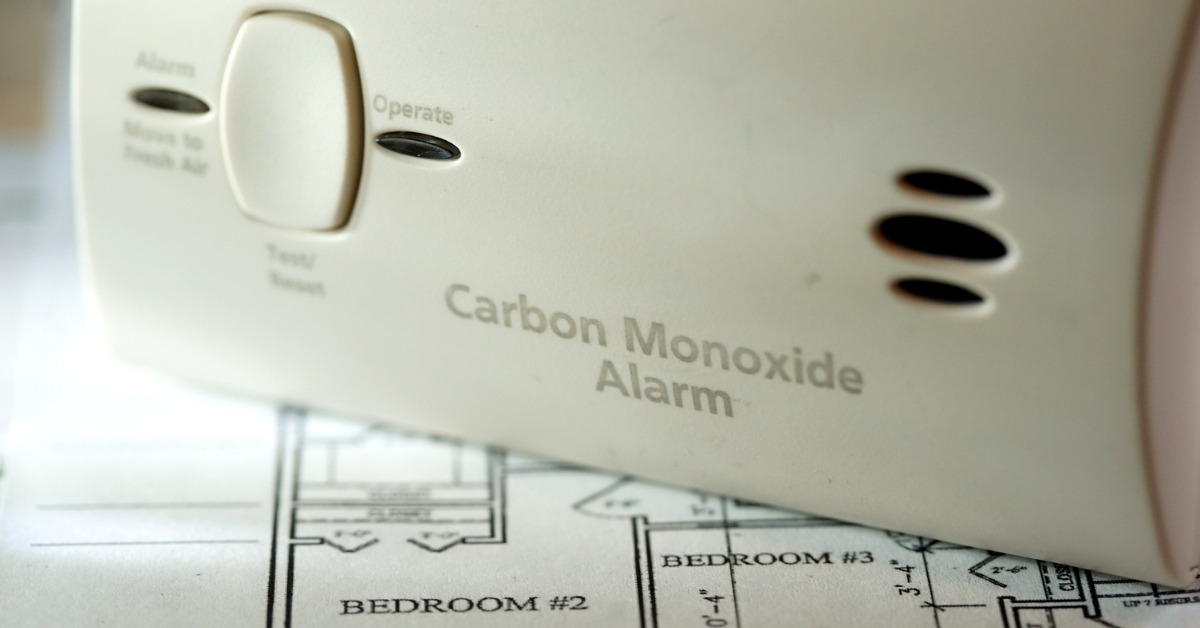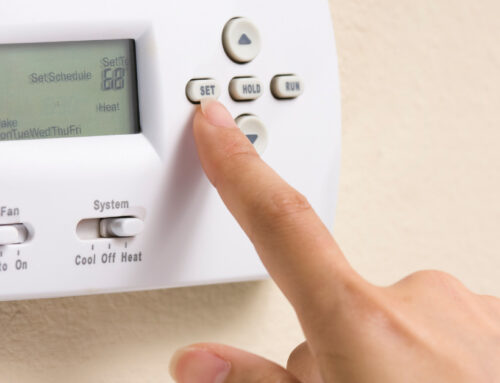Carbon Monoxide, or CO, alarms are designed to alert you of any build-up of CO in your home.
According to the CDC, CO is an odorless, colorless gas found in homes. Sources include fumes from cars or trucks, small engines, stoves, lanterns, grills, fireplaces, gas ranges, and furnaces. Inhalation of more than average CO build-up can be deadly to you and your pets.
Average levels of CO in homes without gas stoves can range from 0.5 to 5 parts per million, or ppm. Even properly adjusted and maintained fuel-burning appliances will produce some CO. Long-term exposure to moderate levels, perhaps as low as 20 ppm, may cause health issues.
Where is CO found in your home?
The highest producer of CO in your home is likely to be your gas cooktop at the startup of the appliance. The most common source of CO poisoning is unvented gas space heaters, which use combustible fuel and indoor air for heating. We advise never using an unvented fuel-burning appliance indoors, even if it is approved for indoor use.
Your gas or oil furnace, gas water heater, gas fireplace, and gas dryer are also producers of CO in your home. The venting of exhaust gases coming from these appliances must be done properly or those exhaust fumes, which contain CO and other pollutants, may end up in your home.
Professional routine maintenance on these devices is the best way to ensure that they are functioning properly and that the exhaust gases are venting to the outdoors.
A running vehicle inside a home garage is extremely dangerous. Never run your car inside your garage, even with the garage door open, or sit in your vehicle while you do it. Even running a vehicle outside an open garage door (especially if the furnace is in the garage) or an open window can be dangerous.
Carbon Monoxide Detectors
A typical carbon monoxide detector will warn you if it detects levels of about 80-85 ppm or higher, but won’t warn you of lower levels that may be harmful over the long term. Remember that this may extend to levels as low as 20 ppm if those levels are consistently present. Many of these detectors also suffer from inaccuracy and can be prone to false alarms.
Low-level CO detectors are more expensive, but more accurate, display the PPM levels for you, and will start informing you at levels as low as 5-10 ppm. Some might also have a recall button to show you the highest levels of CO recorded since being reset.
If your CO detector alarm ever goes off, shut down your gas appliances if able to do so in a few seconds, but do not take extra time to turn off those that are more complicated. Exit your home as quickly as you can, leaving doors open to allow ventilation. Call 911 and allow the fire department to assess the situation.
Many CO calls to the fire department are the result of inexpensive and inaccurate CO detectors giving false alarms. Please don’t ever assume that the alarm is false, though. We recommend investing in a good CO detector for your home to improve safety for you and your family.






